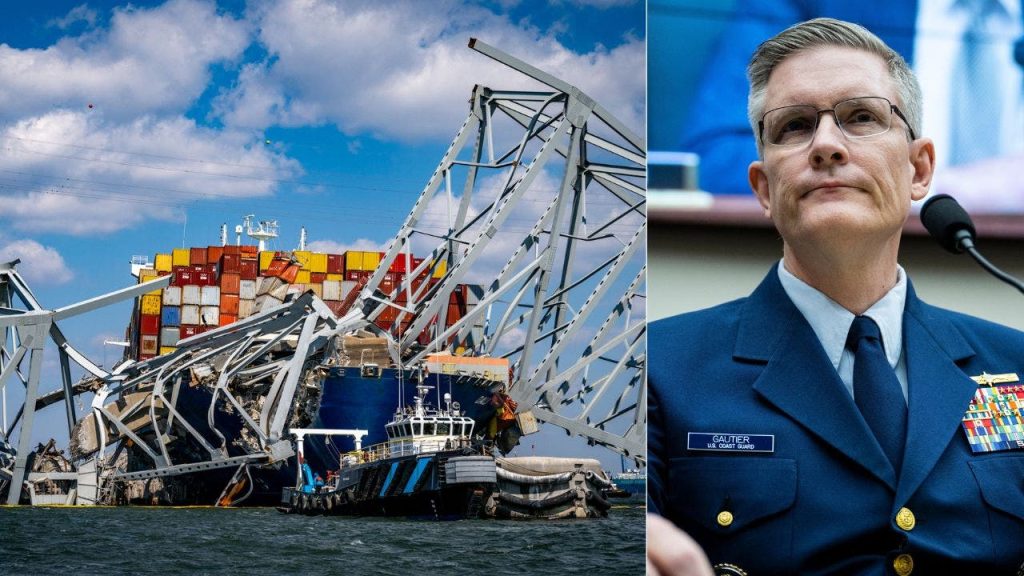The U.S. Coast Guard is currently evaluating the safety of bridges across the country following the collapse of the Francis Scott Key Bridge in Baltimore in March. The collapse occurred when a container ship struck the structure, causing it to fall into Baltimore’s harbor and resulting in the death of six construction workers. Coast Guard Vice Admiral Peter Gautier stated at a U.S. House hearing that a nationwide board of inquiry is being convened to assess current risk management tools and propose actions to reduce the risks of major incidents. He highlighted that the increased size and complexity of ships have placed greater demands on marine transportation infrastructure, which may not have kept pace with the risks these vessels pose.
In April, the FBI launched a criminal investigation into the collapse of the Baltimore Key Bridge. Maryland estimates that it will cost between $1.7 billion to $1.9 billion to rebuild the bridge, with completion anticipated by fall 2028. The exact cause of the cargo ship losing control and striking a critical part of the bridge remains unclear. Some bridges, like the Sunshine Skyway Bridge in Tampa, have multiple barriers in place for protection. Recent incidents involving barges crashing into bridges have raised awareness of the vulnerability of bridges to strikes, with examples such as the Pelican Island Bridge in Galveston, Texas, and the Fort Madison Bridge in Iowa.
The U.S. Coast Guard reported that a barge struck the Pelican Island Bridge in Galveston, Texas, causing a section of the bridge, including railroad tracks, to collapse onto the barge. Another incident occurred when a barge collided with the Fort Madison Bridge in Iowa, leading to the sinking of the barge in the Mississippi River. In a separate event, over two dozen river barges broke loose from their moorings and floated down the Ohio River in Pittsburgh, damaging a bridge that had been closed as a precaution and causing harm to a marina. National Transportation Safety Board chair Jennifer Homendy stated at the hearing that her agency has been recommending since 1988 that the Coast Guard and Federal Highway Administration review the adequacy of pier protection for bridges over navigable waters, U.S. ports, and waterways.
Homendy praised the Coast Guard’s planned review of bridge safety but emphasized that states, the federal government, and bridge owners should individually assess any bridges that may be at risk and not wait for official recommendations. She urged immediate risk assessments to be conducted to ensure bridge safety. While it will take about 18 months to produce a final report on the Baltimore disaster, Homendy encouraged officials to issue urgent safety recommendations sooner. The incidents involving bridge collisions with barges have highlighted the need for comprehensive reviews and improvements in bridge protection measures to prevent future accidents and ensure the safety of marine transportation infrastructure across the country.


